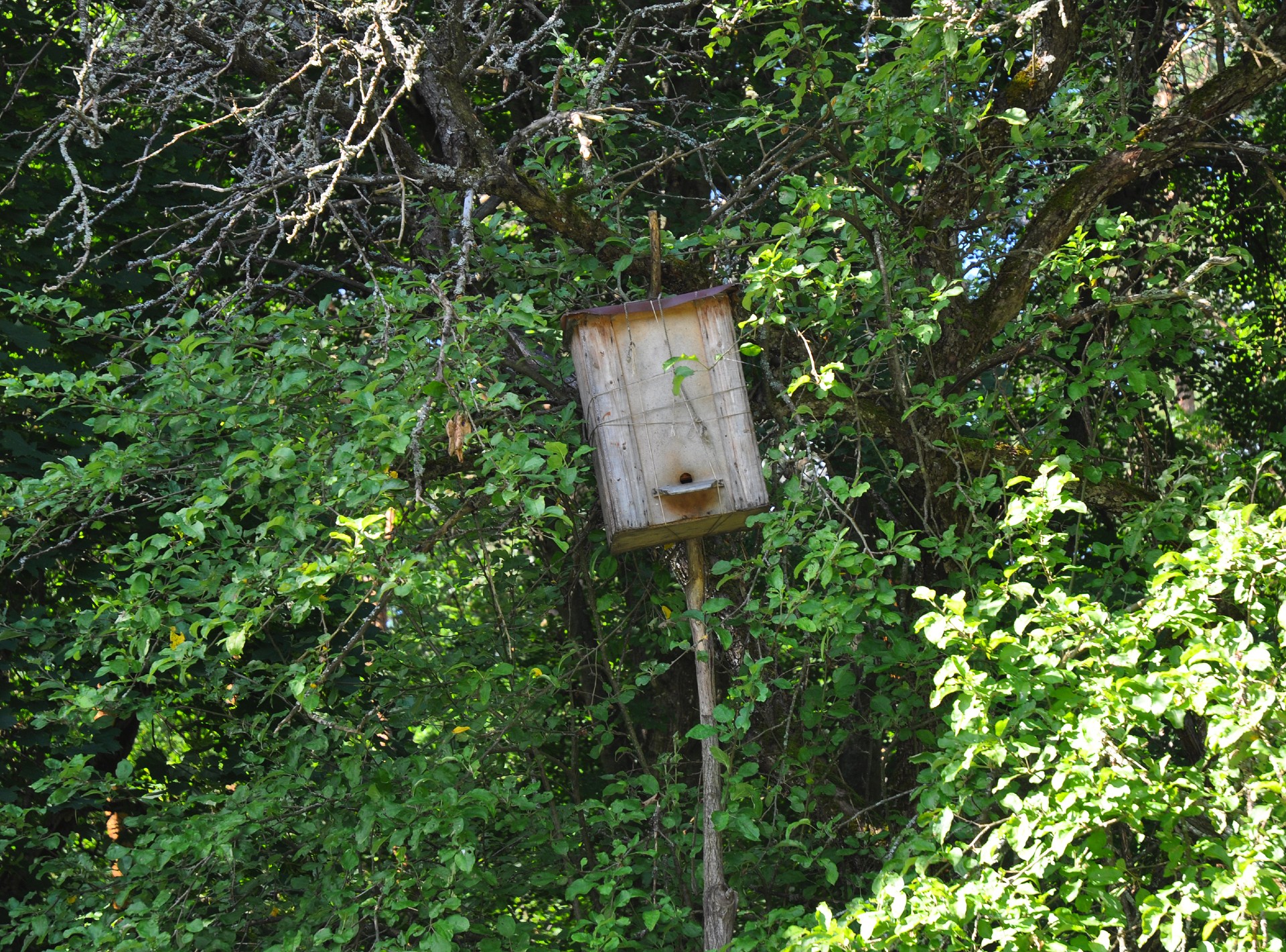If you are not a fan of bees, catching a swarm is the last thing you think about when picturing swarming bees buzzing through the air or conglomerating on your fence post. However, attempts to catch bees in swarms is more common of an effort than most people think. It is an intriguing element of beekeeping that requires patience and a little bit of luck. Of course, beekeepers know all about swarm catching, swarm traps, and many other things about bee swarms.
Professionals will visit properties where a swarm may require movement, but it is strongly encouraged to allow bees to move organically. Swarms move on without any help within hours and, in some cases, a day or two. Most beekeepers have traps set every year, hoping to catch some wandering honeybees from a neighboring beekeeper. As with every beekeeping task, when you work with something in the wild, predictions do not work because bees do what they want when they want, which is part of the joy of beekeeping.
Swarm Traps
Swarm traps look very similar to paper plant pots that have lids. They hang with bait and wait for wandering and swarming bees. Some beekeepers have great success, while others end up with wasps’ nests. There are books and DVDs about how to hang them, where to hang them, and even which direction they should face. However, even if you follow every single suggestion, there is no guarantee. The bait is a pheromone lure that needs to be replaced. Honeybees prefer to avoid making new homes too close to large colonies, so placing your swarm trap too close to the apiary often leaves them empty. The fact that the results are so unpredictable is part of what makes the process of catching swarms so intriguing.
Location, Location, Location
Using swarm traps is ideal when there are other beekeepers and apiaries in your area. Traps are great for catching honeybees when they leave your neighbor's apiary, so if you don’t have any neighbors that keep bees, you will only catch swarms that are feral. But remember, a swarm trap too close is crowded and will prevent honeybees from settling.
Bees may fly right by several traps; sometimes, they fly into an empty hive that you did not anticipate being their new home - this is where that little bit of luck comes into play. The nice part of them settling into an empty hive is that beekeepers don't have to transfer bees from the trap to a hive. Once your bees are in their new hive, check back to ensure there is an egg-laying queen. If the queen dies during her mating flight or is a virgin queen, beekeepers will need to introduce a new queen.
It's All About the Smell
Beekeepers agree that it is the smell that attracts bees above any other factors. Overcrowding may be a deterrent, but bees motivated by a pungent pheromone smell may overwhelm bees and land them in your swarm trap or hive.
Many people think that bees swarm because they run out of room. Although this is true, swarming is rooted in reproduction, the biological purpose of bees, and all living things for that matter. Increasing numbers is how they survive, and that is why, when it gets crowded, they swarm and equip a new queen so both halves survive after the swarm splits from the existing hive.
Residual smells can be a powerful way to encourage bees to move in and explore. Former colonies will leave a scent that bees recognize, even if only in the hive for a short time. The smell of beeswax plus the pheromones draws swarming bees. Some beekeepers recommend heating up some wax and painting the inside of the trap well. Other beekeepers claim that lemongrass, whether on the tip of a cotton swab or using another medium, increases the chances of bees being attracted to the new space.

Get help with your beehive or bee swarm removal! Call Today 760-224-3040 Or 951-265-8292!
Swarm Catching Tips
There are a variety of tips for swarm trapping, including location, how to coat the trap, distance from other hives, and so on. The reality is that swarm catching also takes a little luck. If you see many bees at your swarm trap's entrance or an empty hive, congratulations! Whatever you did or didn't do has encouraged bees to make this their new home; they are already putting their own scent there. Swarm trapping is just another element of beekeeping that many enjoy year after year.
Whether or not you are a beekeeper, you likely have a local apiary in your area. If you have questions or concerns or want to get your hands on some local delicious honey, contact D-Tek. D-Tek is a well-established and reputable beekeeper, offering customers local products and highly qualified humane live bee removal services.
